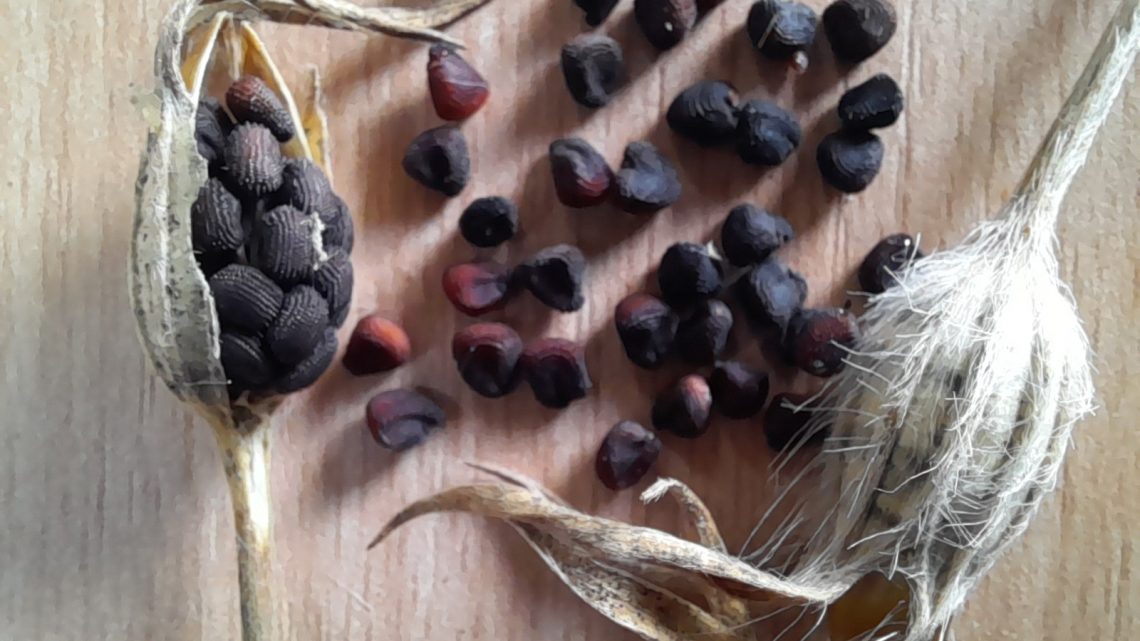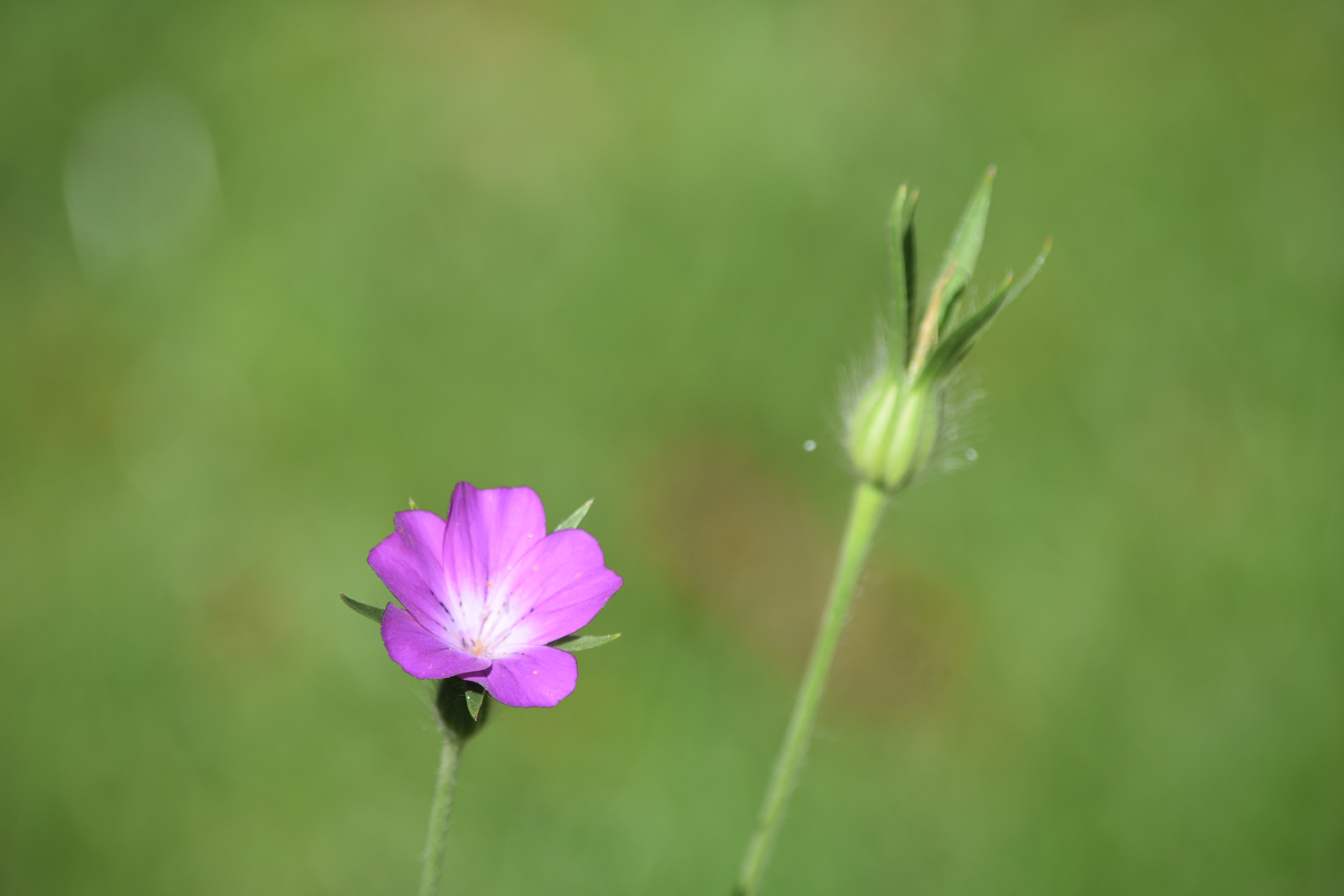
Description –
It grows with a stem to 100 cm (39 in) long with lanceolate leaves. The flowers are up to 5 cm (2.0 in) in diameter, usually single at the ends of the stem. The sepals have five narrow teeth much longer than the petals. It has ten stamens. It has slender pink flowers. It is an erect plant covered with fine hairs. Its few branches are each tipped with a single deep pink to purple flower. The flowers are scentless, 25–50 mm (1.0–2.0 in) across, and produced in the summer months – May to September .
Each petal bears two or three discontinuous black lines. The five narrow pointed sepals exceed the petals and are joined at the base to form a rigid tube with ten ribs. Leaves are pale green, opposite, narrowly lanceolate, held nearly erect against stem and are 45–145 mm (1.8–5.7 in) long. Seeds are produced in a many-seeded capsule. It can be found in fields, roadsides, railway lines, waste places, and other disturbed areas.
Ecology
In the 19th century, it was reported as a very common weed of European wheat fields and its seeds were inadvertently included in harvested wheat seed and then resown the following season. It is very likely that until the 20th century, most wheat contained some corn cockle seed.
Distribution
Intensive mechanized farming has put the plant at risk and it is now uncommon or locally distributed. This is partly due to changing patterns of agriculture with most wheat now sown in the autumn as winter wheat and then harvested before any corn cockle would have flowered or set seed. The main reason, however, is that the cereal seed is better cleaned. The plant was believed to be completely extirpated in the United Kingdom until 2014, when a single specimen was found growing in Sunderland by an assistant ranger of the National Trust.
It can be found in fields, roadsides, railway lines, waste places, and other disturbed areas.
Toxicity
All parts of the plant are poisonous and contain githagin and agrostemmic acid. It has been used in folk medicine despite the risk of fatal poisoning.

Deugotyledon ac un o deulu’r ‘pincs’ fel y’u gelwir ar lafar gwlad yw Bulwg yr ŷd sy’n enw gwrywaidd. Mae’n perthyn i’r teulu Caryophyllaceae. Yr enw gwyddonol (Lladin) yw Agrostemma githago a’r enw Saesneg yw Corncockle. Ceir enwau Cymraeg eraill ar y planhigyn hwn gan gynnwys Bulwg yr ŷd, Bulwg Rhufain, Gith, Pabi’r Gwenith, Yaid, Ydig.
Caiff ei dyfu’n aml mewn gerddi oherwydd lliw’r planhigyn hwn. Mae’r dail wedi’i gosod gyferbyn a’i gilydd.